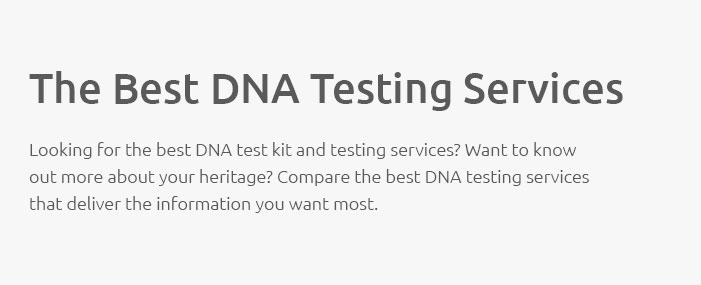 |
 |
 |
|---|
 |
 |
|---|
 |
|
|---|---|
 |
 |
 |
 |
 |
 |
 |
 |
 |
 |
 |
 |
 |
 |
 |
 |
|---|
Exploring the Fascinating World of DNA Ancestry Testing in EuropeThe intrigue surrounding DNA ancestry tests has grown exponentially in recent years, particularly across Europe, where the rich tapestry of history and migration has left an indelible mark on the genetic makeup of its people. These tests, which analyze genetic markers to trace lineage and ethnic origins, have become a cornerstone for those eager to uncover the narratives woven into their DNA. But what exactly drives this burgeoning interest in genetic genealogy, and how do these tests work to reveal our ancestral stories? DNA ancestry tests offer a window into the past, providing a scientific means of connecting the dots of our family histories. The process is relatively simple: a small sample of saliva or cheek swab is collected and sent to a laboratory, where state-of-the-art technology sequences the DNA, examining specific markers that have been passed down through generations. These markers, known as single nucleotide polymorphisms (SNPs), are compared against vast databases containing genetic information from populations around the world, allowing for the identification of ancestral origins and ethnic percentages. One of the most captivating aspects of DNA ancestry testing is its ability to shed light on the diverse mosaic of European heritage. Europe, with its complex history of invasions, empires, and migrations, presents a unique challenge and opportunity for those interested in tracing their roots. The continent's past is marked by the movements of Celts, Romans, Vikings, and countless other groups, each leaving their genetic footprint. Consequently, modern Europeans often discover an intricate blend of ethnic backgrounds, revealing connections that span borders and time.
Despite the allure of uncovering hidden familial connections, DNA ancestry tests are not without their complexities and considerations. Ethical questions arise regarding privacy and the potential misuse of genetic data, prompting ongoing discussions about data protection and the rights of individuals. Additionally, while these tests provide valuable insights, they are not infallible; the accuracy of results can vary based on the size and diversity of the reference databases used. In conclusion, as we delve into the world of DNA ancestry testing in Europe, it becomes clear that these scientific advancements offer more than just a glimpse into the past. They provide a means of bridging gaps in our understanding of history, fostering connections across continents, and appreciating the rich diversity that defines us as individuals. While navigating the ethical and technical landscapes of genetic testing, we find ourselves part of an ongoing dialogue about identity, heritage, and the stories that make us who we are. https://genomelink.io/product/european-ancestry-breakdown-dna-report
A European genealogy test that can help you understand how health concerns affect populations? Populations who have mapped genetic associations, such as those ... https://www.23andme.com/dna-ancestry/?srsltid=AfmBOorfajqGDfl3FxsOeSpMWjP0g8kgzvOTxxfrVjbd6EJC7hE9R7Vf
The 23andMe Ancestry DNA testing service offers ancestry breakdowns across 3500+ geographic regions plus insight into your heritage, relatives and more. https://www.23andme.com/dna-health-ancestry/?srsltid=AfmBOooCvd3w_dkFve434tM_-D2hnVhYp0CztOkOldDnB7JG0tl5qiMn
The 23andMe Health + Ancestry kit offers DNA testing with 150+ personalized genetic reports including actionable health insights, ancestry, traits and more.
|
|---|